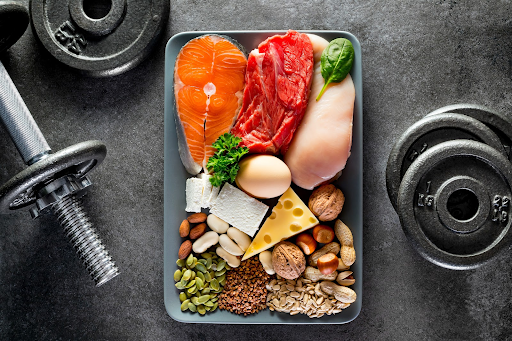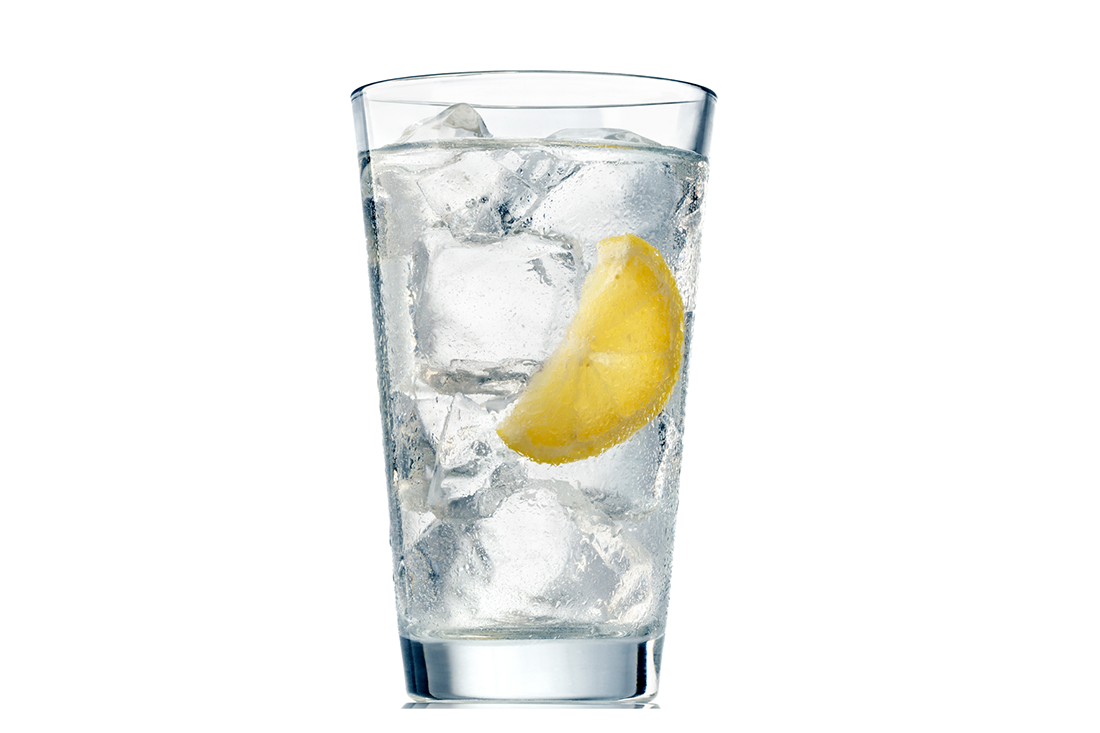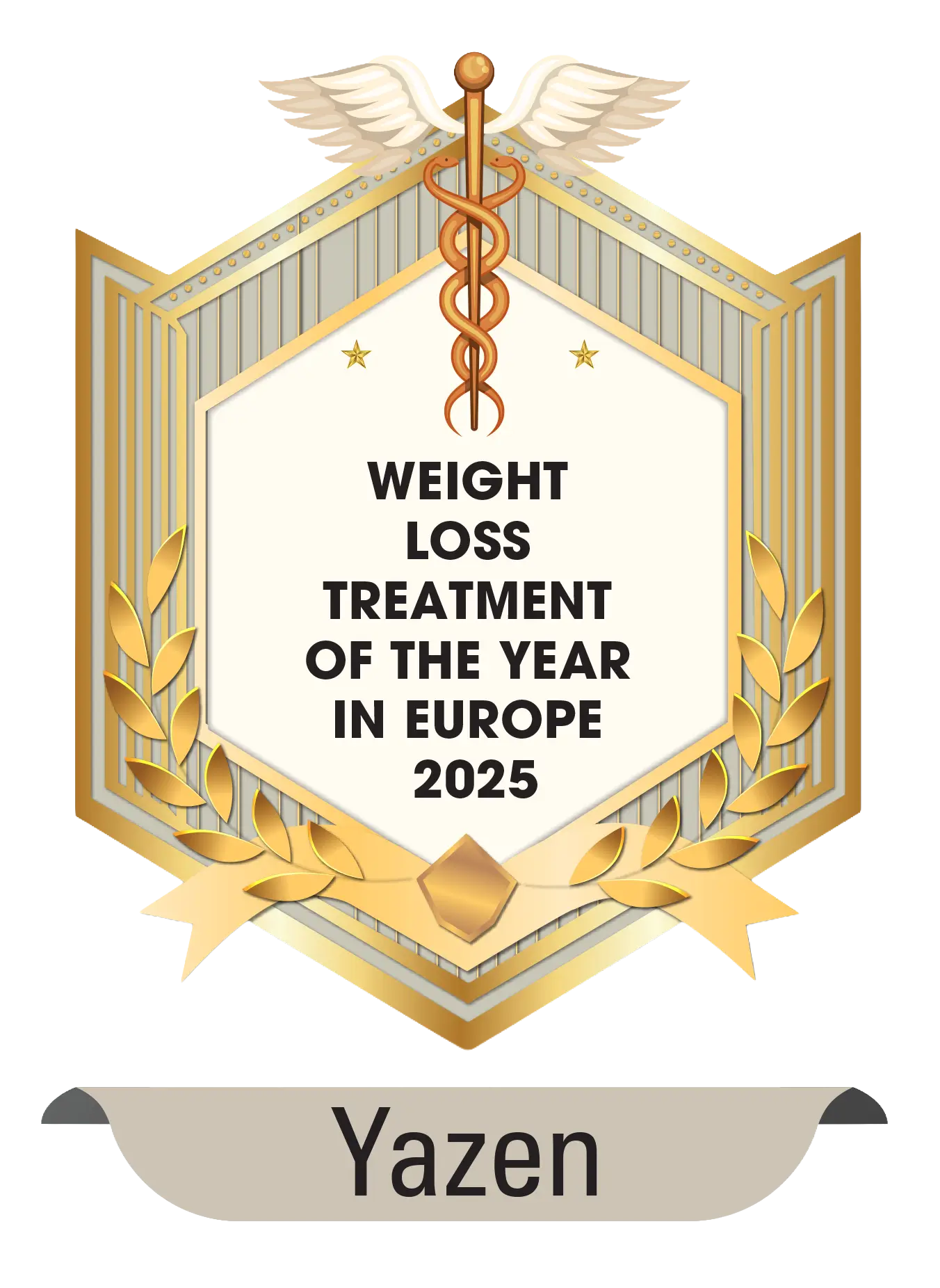Mealsizer® during weight loss with medication (such as GLP-1, for eg. Ozempic, Wegovy or Mounjaro)

How to use Mealsizer® when losing weight on medication (such as GLP-1, for eg. Ozempic, Wegovy or Mounjaro)
Mealsizer® is a tool for eating a normal and balanced portion of food for lunch and dinner when losing weight with medication. The measurements follow the plate model's three parts: half the plate for vegetables, one part for protein, and one part for carbohydrates, with volumes calculated by a dietitian based on how much you are recommended to eat, according to nutrition recommendations (NHS, WHO, DGE, and US MyPlate). It is important to listen to your body's signals for satiety and stop eating when you begin to feel satisfied, even if there is food left on the plate.

The protein measure (smallest measuring scoop)
- Portion 1.5 scoop of the protein measure with Melaiszer Small, and 1-1.5 scoop with Mealsizer Medium.
- Protein-rich foods, such as meat, fish, chicken, turkey, dairy products, eggs, quorn, and soy products.
- Prioritize protein - it is important that you eat enough protein during your weight loss, to preserve muscle mass when losing weight on medication.

The carbohydrate measure (the intermediate measure)
In the carbohydrate measure, you add carbohydrate-rich foods, such as potatoes, pasta, rice, bulgur, quinoa, wheat, couscous, or other grains. Preferably choose whole grain products.
The vegetable measure (the largest measure)
Fill the vegetable measure with cooked, oven-roasted, stir-fried, or raw vegetables and root vegetables. Vary between different kinds of vegetables and root vegetables, think colorful.
How it works - 4 easy steps
1. Place the cooked/prepared food in the measures.
2. Cut up any large pieces to fit in the measures.
3. Fill the measures with food up to the rim, do not heap the measures.
4. Then put the food on the plate and enjoy!
Prioritize eating the protein and vegetables first, leave the carbohydrates when/if you feel satisfied/full. Eat slowly and let the meal take time, preferably 20 minutes. Take small bites and chew the food thoroughly.
Remember to complement your lunch and dinner with protein-rich breakfasts and snacks. Meal suggestions are available in the Yazen app.
READ MORE
How should I eat?
Eat slowly and chew the food
If you eat slowly, it will be easier for you to feel when you start to feeling satiety. Let a meal take about 20 minutes. Take smaller bites. Focus on each bite. How does the food feel and taste in your mouth? Breathe between bites. Put down the cutlery now and then.
Eat regularly
Eating regularly allows the body to find a rhythm that it feels good about, and it becomes easier to feel hunger and satiety. A regular meal schedule is also important for you to feel more energetic during the treatment, which can otherwise make you a little more tired than normal. Some people get by on three main meals at regular times. Others need to supplement with snacks to avoid becoming very hungry, feeling extra tired or having cravings. Adjust the number of meals according to what suits you and your daily routine best.
Calorie deficit
A calorie deficit is always required for weight loss, even with medication. A caloric deficit means that you consume fewer calories than you burn. The medication helps you by reducing the hunger you would otherwise experience with a calorie deficit.
To create a calorie deficit, it is primarily important to focus on the diet. For example, it may involve reducing your portion size, serving more vegetables on your plate, or reducing sweets, sweetened drinks, and alcohol.
Side effects
When you start treatment, you risk feeling nauseous or experiencing stomach pain, gas, or diarrhea if you eat too much at once. These side effects are temporary and can be partly prevented by:
- Eating smaller portions
- Stopping eating when you are full
- Reducing intake of fatty foods
- Avoiding excessive intake of alcohol
What should I eat?
There is no specific food that you need to avoid or abstain from, but most people find that they need to eat less of certain foods to avoid discomfort. For example, fatty food stay longer in the stomach, and too much fat can cause nausea and other stomach problems.
Protein
During treatment, it is important to pay a little extra attention to protein intake, a thumb rule is that each meal should contain something that is protein-rich. Protein gives you satiety and helps together with excercise to preserve your muscle mass when you are on an energy deficit.
Nutrient-rich foods
When your portions become smaller, it is important that the food on the plate covers the body's all nutritional needs. Examples of nutrient-rich foods are:
- Vegetables
- Root vegetables
- Fruit and berries
- Fish and shellfish
- Beans and lentils
- Eggs
- Whole grain products
- Chicken/lean meat
- Lean dairy products
- Nuts & seeds
Water
Drinking enough water can counteract side effects such as constipation and nausea. But when your appetite decreases, unfortunately, your thirst can also be affected, so it's good to remind yourself now and then that it's time to drink.
Protein-rich breakfast suggestions (each option contains 300-400 kcal and approx. 25-30g protein):
- Oatmeal with eggs: 1 dl oatmeal, 2 dl skimmed milk + 2 boiled eggs
- Banana pancake: Mash 1 ripe banana, mix with 2 eggs. Fry in 1 tsp liquid fat blend over low heat. Serve with 1 dl vanilla quark without added sugar.
- Quark with berries and flakes: 2 dl quark without added sugar, 2 dl berries (approx. 100 g), 2 dl (approx. 30 g) oat flakes.
- Fruit salad with cottage cheese: 2 dl cottage cheese (1.5-4 %), ½ orange, ½ apple, ½ banana, 1 kiwi.
- Tofu sandwich with soy drink: 2 slices of health sourdough bread, 2 tsp sandwich fat (40%), sliced plain tofu 80g, 1.5 dl Soy drink High protein.
Protein-rich snack suggestions (each option contains 100-150 kcal and approx. 15-20 g protein)
- 1.5 dl quark (without added sugar) with 1 dl berries or ½ fruit
- 2 boiled eggs
- Simple salad with feta cheese: 90 g (1.5 dl) feta cheese 3 % with tomato, cucumber, balsamic vinegar
- 1.5 dl mini cottage cheese with ½ apple and cinnamon
- 2 finncrisp (thin hard bread) with 75 g sliced tofu
Example of a day with Mealsizer® when losing weight with medication:
Breakfast: Oatmeal with eggs: 1 dl oatmeal, 2 dl skimmed milk + 2 boiled eggs
Lunch: Meat sauce with whole grain penne and boiled broccoli florets - portion size according to Mealsizer®
Dinner: Oven baked salmon with potatoes and boiled vegetables - portion size according to Mealsizer®
Snack: 1.5 dl mini cottage cheese with ½ apple and cinnamon

April 15, 2024
November 28, 2025




.svg)








